David Bowie Is (Australian Centre for the Moving Image)
You don’t have to be an avid David Bowie fan to be impressed by the breadth and detail of David Bowie Is, currently showing at the Australian Centre for the Moving Image (ACMI) in Melbourne. Imported from London’s Victoria and Albert Museum (V&A), where it was their most successful show to date, it examines the fifty-year career of one of the most successful solo performers in rock history and his influence on music, film, fashion, and sexuality.
The exhibition contains three hundred items, drawn from the estimated 75,000 objects in the official David Bowie Archive. It includes everything from original lyric sheets, rare photographs, storyboards, sketches, and costumes, to the keys of the West Berlin flat Bowie briefly shared with Iggy Pop in the late 1970s and his collection of J.G. Ballard paperback novels, an influence in the creation of his most famous character, Ziggy Stardust.
Continue reading for only $10 per month. Subscribe and gain full access to Australian Book Review. Already a subscriber? Sign in. If you need assistance, feel free to contact us.



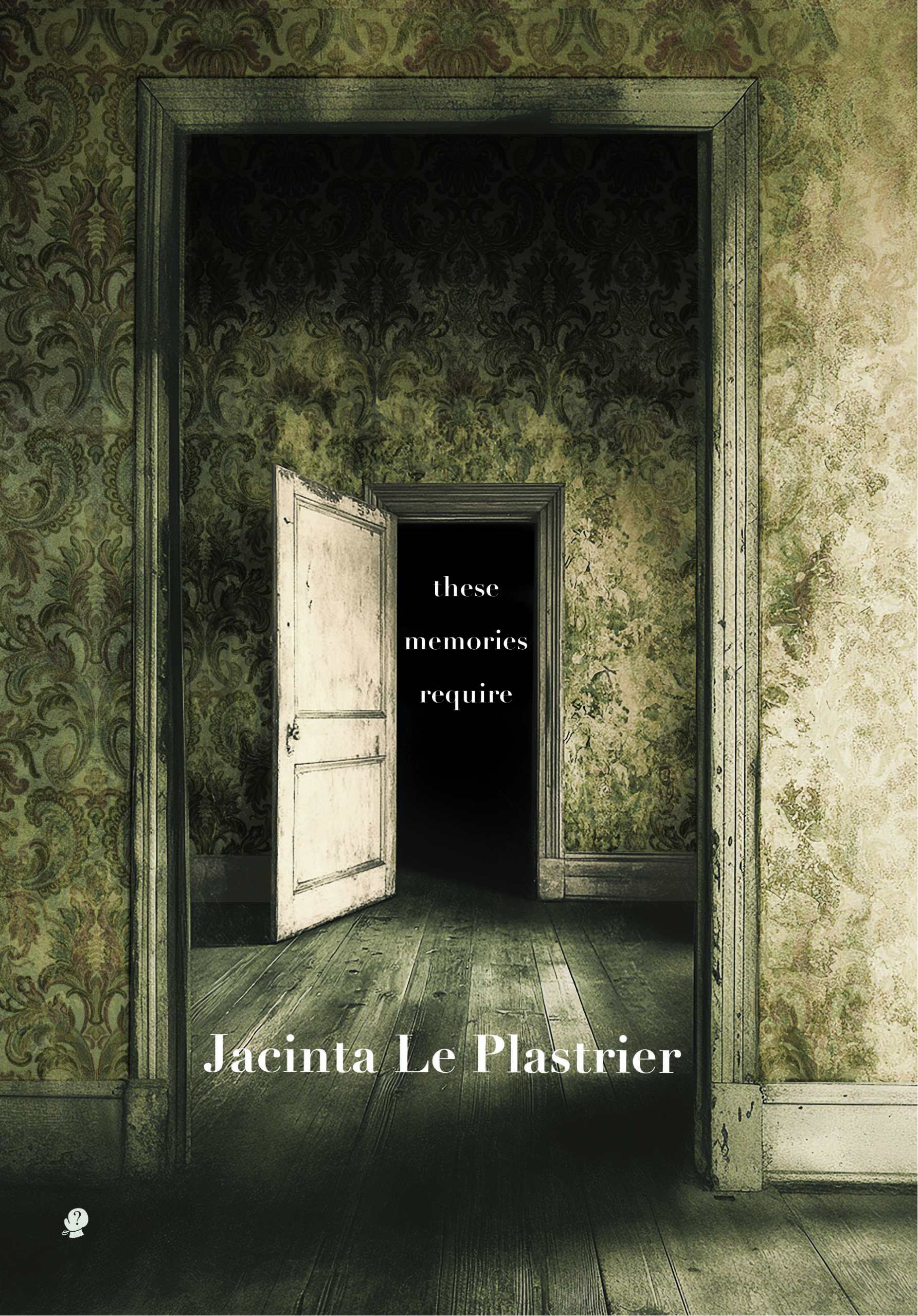
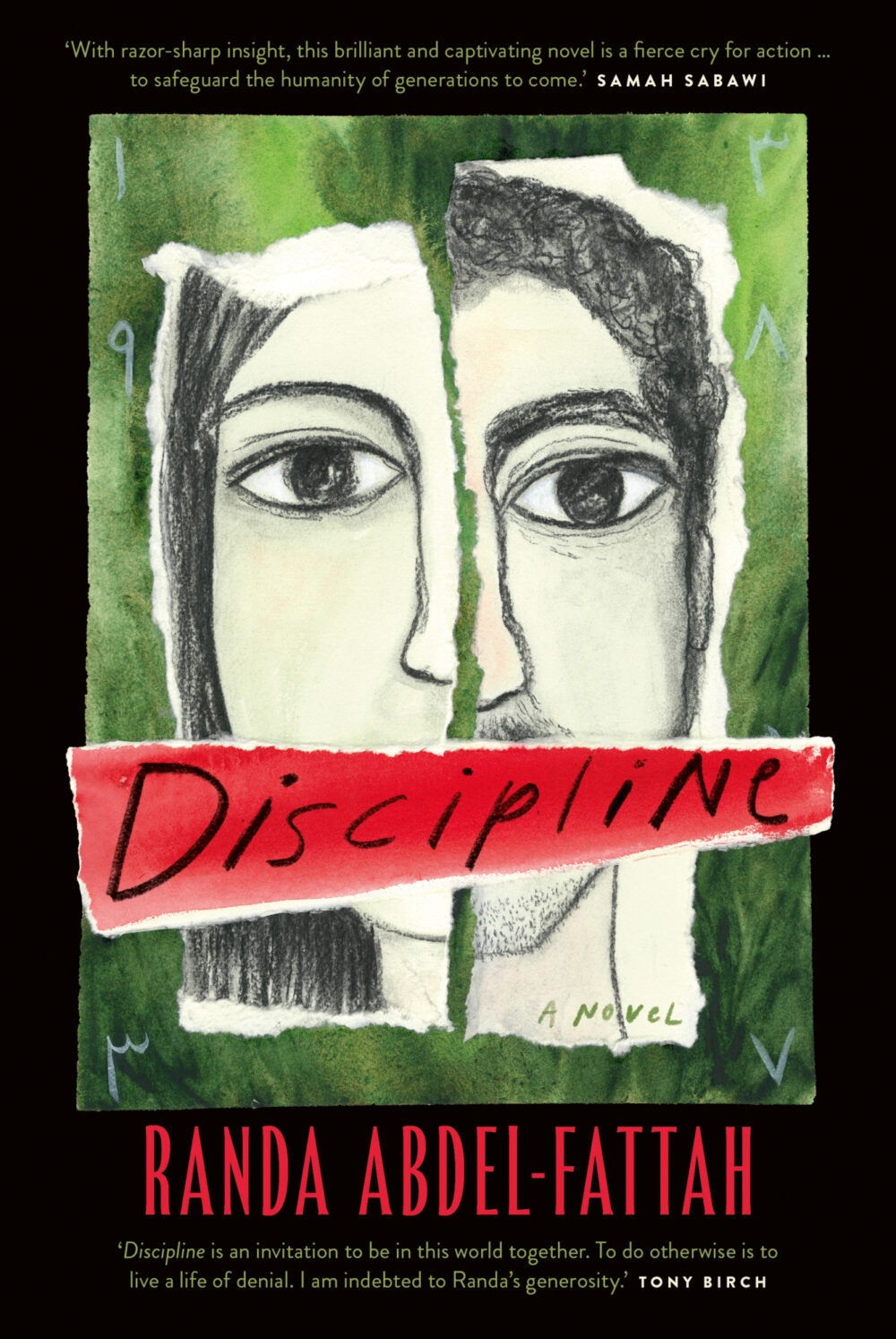
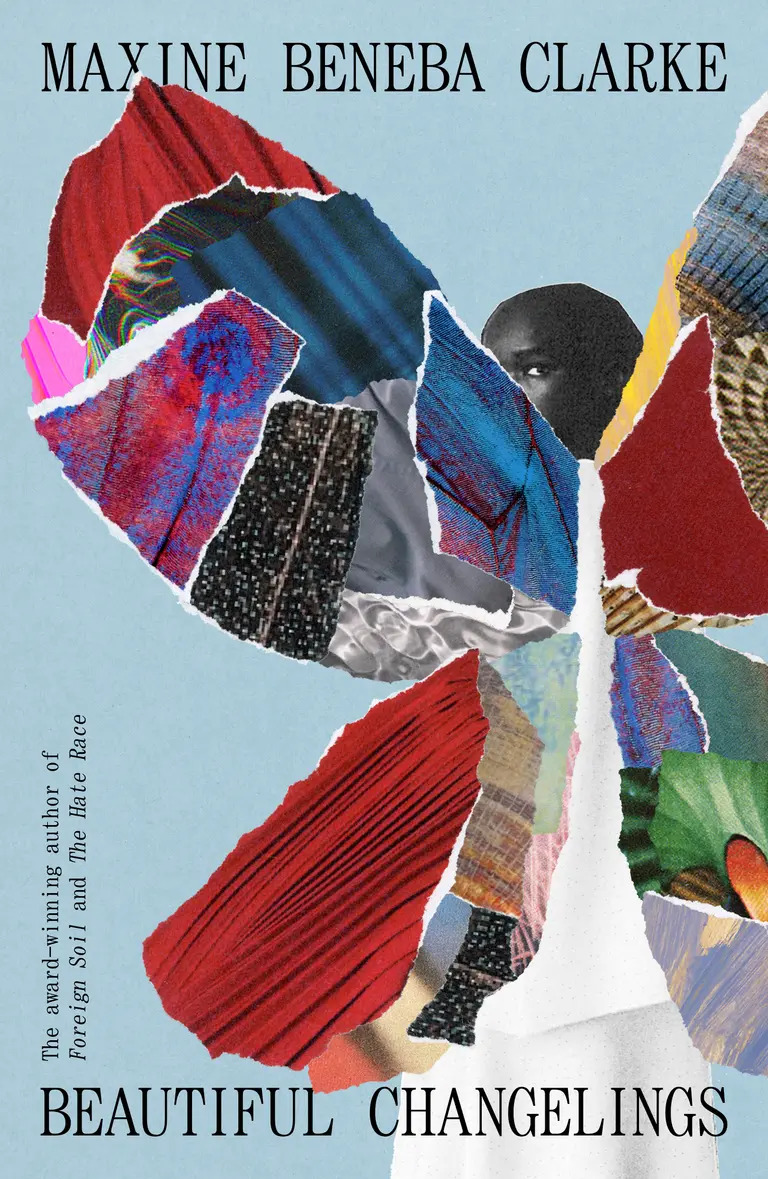
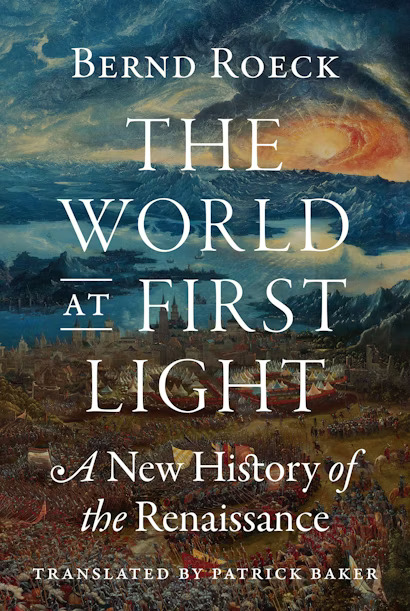
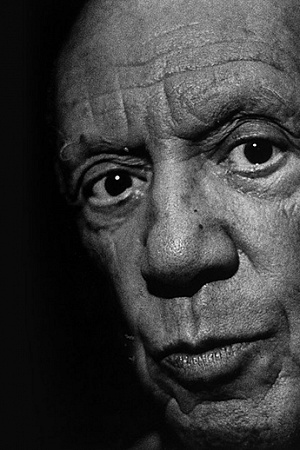



Comment (1)
Leave a comment
If you are an ABR subscriber, you will need to sign in to post a comment.
If you have forgotten your sign in details, or if you receive an error message when trying to submit your comment, please email your comment (and the name of the article to which it relates) to ABR Comments. We will review your comment and, subject to approval, we will post it under your name.
Please note that all comments must be approved by ABR and comply with our Terms & Conditions.